8 outdated gadgets from the 2000s that almost no one uses anymore (9 photos)
Many of them were then symbols of cool and could cost half the salary, but now they are gathering dust in our closet or are displayed on ad sites like “from hand to hand” for pennies. 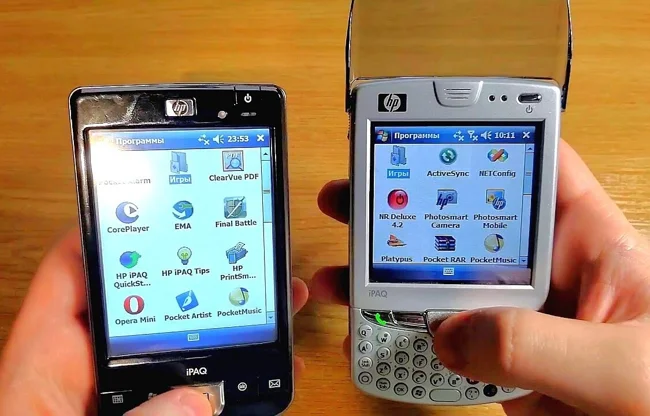
1. Pager 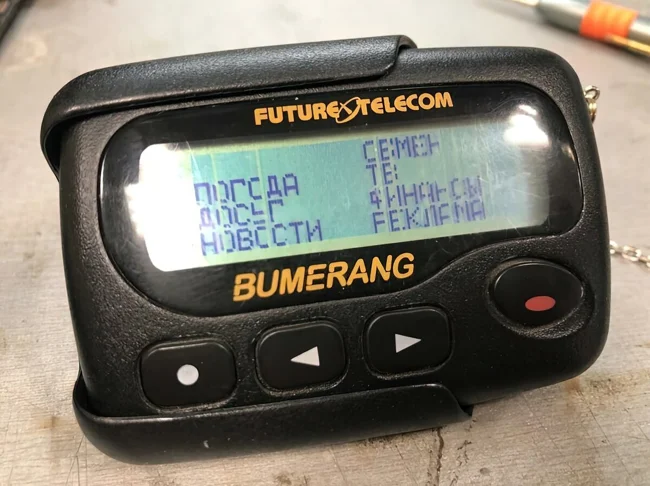
In the early 2000s, this predecessor of mobile phones was quite popular among mid-range merchants. It made it possible to receive messages that the call senders dictated to the call center operators, giving the subscriber's number. However, some were embarrassed by the need to voice personal messages in the spirit of “I love you. Your cat” to unfamiliar young ladies. Additionally, pagers could notify owners about exchange rates, weather and other important news.
At first, pagers had clear advantages over mobile phones in the form of compactness and a much lower price, but after the appearance of SMS messaging functions in cellular phones and the reduction of tariffs of mobile operators, paging communications quickly faded away.
2. Flash drive 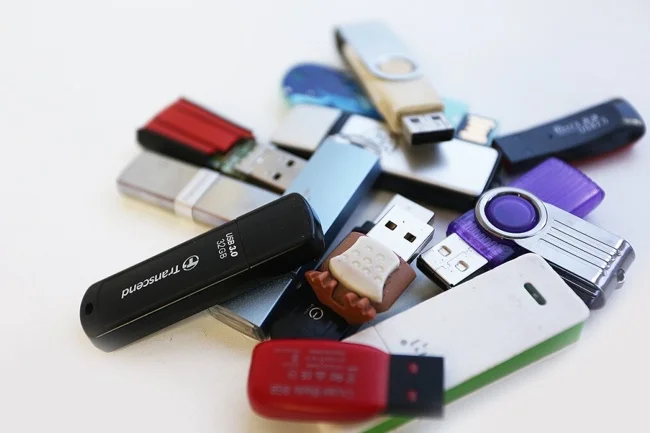
In those years, it was a very convenient external device for storing data, and they were much larger in size than today. And the memory size of 1 Gigabyte aroused delight and envy among all classmates. Unlike CDs and DVDs, it was much easier and faster to write data to a USB flash drive. The other side of the coin is that they failed quite often.
Over time, flash drives have replaced external hard drives, fast Internet and cloud storage. They are now mainly used for electronic signatures.
3. Dial-up/ ADSL modems 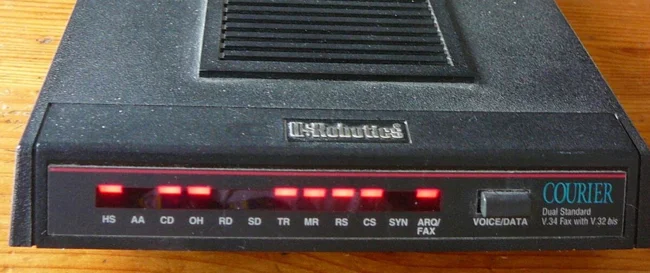
In the 2000s, most had access to the World Wide Web through a telephone line using a dial-up modem that called the provider to connect, making strange sounds. The standard speed was considered to be 28.8 Kbps. The maximum you could squeeze out of the modem was 56 Kbps, but not all providers supported this speed. Moreover, during the Internet session it was impossible to use the phone, which led to disputes with parents.
Subsequently, ADSL modems were popular for quite a long time, which also used telephone wires, but at the same time it was possible to make calls, and the Internet speed was much higher. Services were paid for by purchasing payment cards with a denomination in cu at the stalls.
4. Digital point-and-shoot 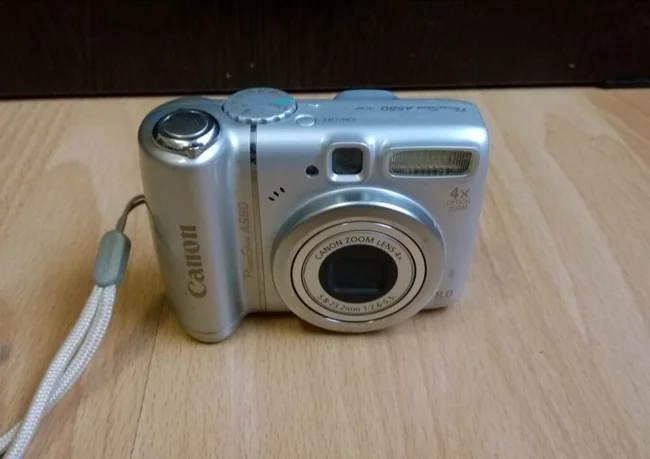
Budget compact digital cameras became very popular in the 2000s because they did not have to go through the hassle of developing and printing film. Now there was no need to carefully choose the angle for the frame and evaluate the lighting in order to save expensive film. You could click the shutter as much as you wanted, and bad shots could be deleted.
The 2 megapixel camera resolution seemed quite decent to us, and the images were stored on a memory card that could be inserted into the computer using an adapter. Canon held the market leadership for many years.
Like other gadgets of the 2000s, digital point-and-shoot cameras lost out to smartphones with high-quality cameras.
5. CD/DVD discs 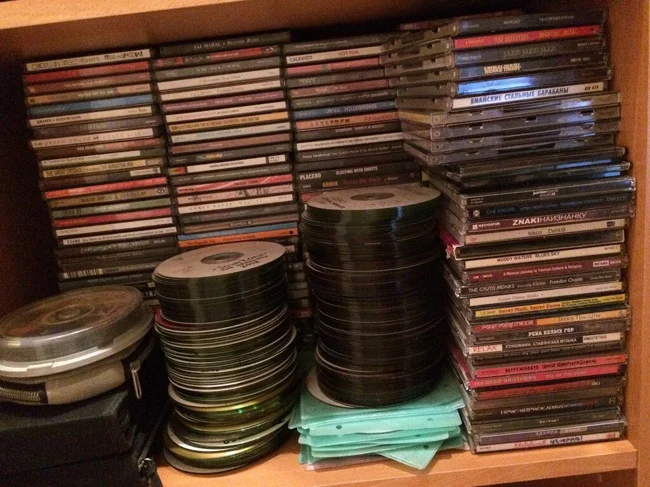
These optical media were once a popular way to store information. Discs with pirated music, films, computer programs and games were sold on CDs with a capacity of 700-800 MB and DVDs with a capacity of 4.7-8.5 GB. Or we ourselves recorded data on them using a CD/DVD writer. The standard diameter was 12 cm; 8 cm discs were sold for video cameras and set-top boxes.
By the way, most discs could only be written once. Rewritable CD/DVDs were designated -RW, were more expensive and were written at a slower speed.
At the end of the 2000s, Blu-ray discs with a capacity of 25-50 GB appeared, but they were no longer very successful.
Now all disks have been almost completely replaced by large-capacity external hard drives and cloud storage.
6. Handheld computers (PDAs) 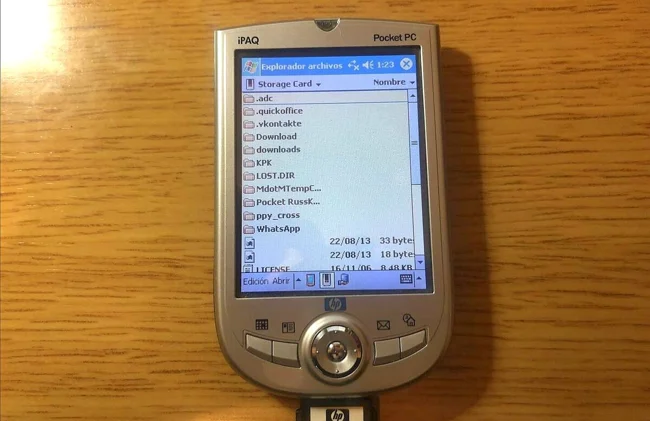
Mini-computers with styluses and sometimes keyboards in the early 2000s were the ultimate dream of any schoolchild or student. One of the most popular models was the HP IPAQ. But like many others, the devices also lost the battle to more versatile smartphones with touchscreen displays and mobile communication modules, pioneered by the iPhone in 2007.
7. PlayStation Portable (PSP) 
The mobile version of the Sony Play Station appeared in 2005 and worked with minidiscs, allowing you to play excellent quality games on a plane or train. Until the end of the 2000s, it remained the most popular mobile console, until it was supplanted by smartphones with powerful graphics.
8. iPod media player 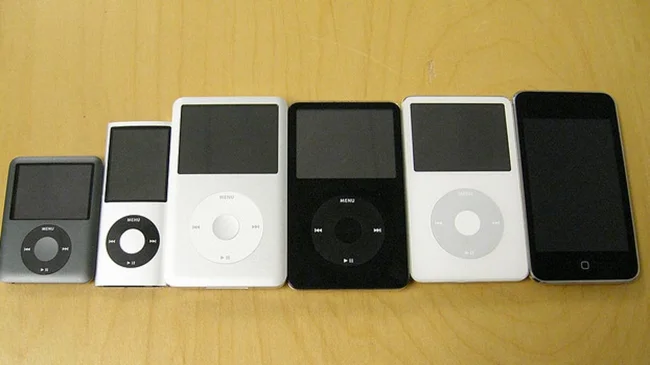
Portable media players were a fashionable gadget in the 2000s, especially if they were from Apple. The line was constantly improved, 6 variations of classic models were released, then came the turn of the iPod mini, shuffle, etc. Users were unhappy with the need to install a special program for downloading music, but this did not affect sales in any way.
After the release of the world-changing iPhone in 2007, which, among other things, had a media player function, the popularity of the iPod quickly faded.
